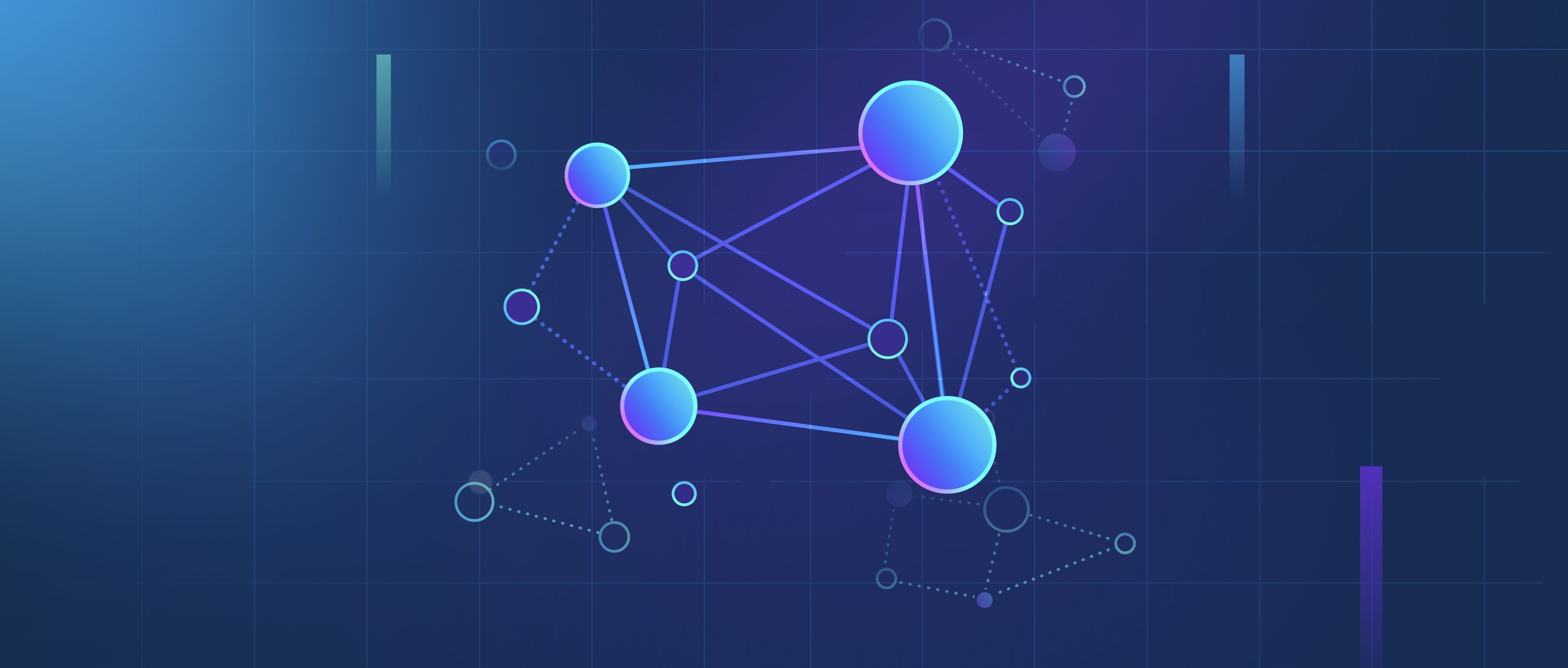When it comes to optimizing machine learning models, developers frequently choose from several common optimizers, each designed to adjust the model parameters efficiently during training. Some of the most popular optimizers include Adam, RMSprop, and Stochastic Gradient Descent (SGD). Each optimizer has its unique characteristics and is suitable for different types of problems.
Adam, which stands for Adaptive Moment Estimation, is widely used because it combines the benefits of two other optimization algorithms: AdaGrad and RMSprop. It adapts the learning rate for each parameter individually, which helps it converge faster in problems with lots of data or parameters. For example, when training neural networks, Adam can be particularly effective because it not only considers the mean of the gradients but also keeps a running average of the past gradients, which provides smoother convergence.
RMSprop is another favored choice among developers, especially for sequence or time-dependent data in recurrent neural networks. Like Adam, RMSprop adjusts the learning rate for each parameter but focuses more on the recent gradients by using a moving average of the squared gradients. This approach helps to manage the issue of vanishing or exploding gradients, which can be common in deep learning. On the other hand, Stochastic Gradient Descent, while simpler and sometimes less efficient, is preferred for its stability and ease of implementation in simpler models. Developers often start with SGD for its straightforward approach and can later switch to more complex optimizers like Adam or RMSprop based on the model's performance during training.
